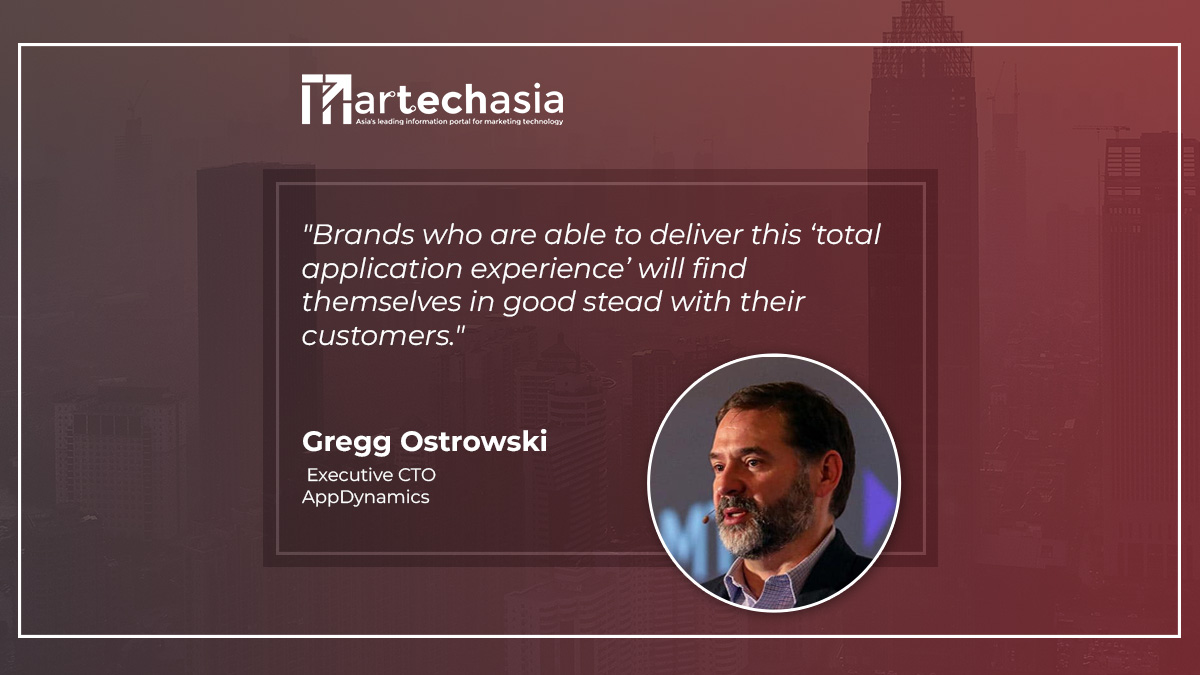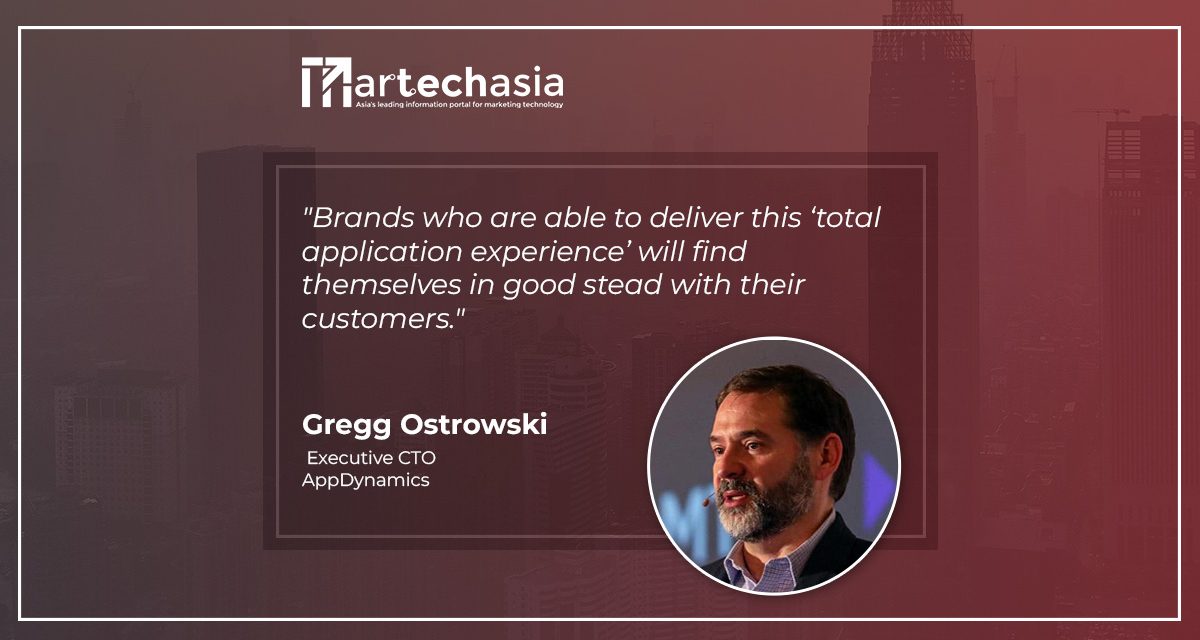
After almost two years of heavily relying on digital products and services during the ongoing pandemic, consumers have become much more discerning and demanding when it comes to the quality of digital experiences they expect to receive.
The dust has barely settled after the busy Christmas holiday season, but people in Asia have already started preparing for upcoming festivities like the Lunar New Year in February. And in the blink of an eye, we’ll see the arrival of more special occasions like Hari Raya Puasa in the first half of the year. In the busy world of retail there is little respite.
The pressure is on for retailers to maximise these lucrative seasonal opportunities, but they continue to do so amongst a series of tough headwinds. The supply chain issues which plagued 2021 are expected to continue into 2022 and beyond. And the ongoing impact of the pandemic will cause uncertainty around remote working, business operations and consumer behaviours.
In 2021 we also saw the expectations and demands from consumers for incredible digital experiences when engaging with retail brands skyrocket, placing additional pressure on brands and the IT teams responsible for delivering applications and digital services. This trend is also unlikely to diminish.
However, while technologists and IT leaders may feel that managing global supply chains – and other macroeconomic shifts – are beyond their control, they can take steps to ensure that their applications and digital services are exceeding the expectations of customers. The deployment of observability solutions which provide visibility across the entire IT environment could be a defining factor in meeting customer needs and driving growth in the business.
Consumers want The Total Application Experience
After almost two years of heavily relying on digital products and services during the ongoing pandemic, consumers have become much more discerning and demanding when it comes to the quality of digital experiences they expect to receive.
From online platforms for remote work, to online streaming services for entertainment or exercise, digital services have provided us with some semblance of normalcy to regain control of our lives. Since we’ve experienced the very best and most innovative services possible, we now see no reason why any brand shouldn’t offer top notch digital experiences.
In our The App Attention Index 2021: Who takes the rap for the app? study, 86% of Singaporeans shared that their expectations towards digital services have risen over the last 18 months. Accepting nothing but the very best, consumers demand the highest reliability, security, and personalisation.
What they increasingly want is the ‘total application experience’ – a high-performing and reliable digital service that is easy to use, safe, and fun. But that’s not all. They also expect real value, and want these experiences to be personalised according to their unique individual needs.
A golden opportunity for retailers
Brands who are able to deliver this ‘total application experience’ will find themselves in good stead with their customers. As people recognise the benefits that applications have had on their lives throughout this tumultuous period, many are grateful for the efforts that brands have made to address their needs, helping them feel more empowered as they go about their daily lives.
In fact, 67% of consumers already feel more loyal to the brands who have gone above and beyond to deliver high-quality applications during the pandemic. And as special occasions and celebrations come around, each is an opportunity for these brands to reap the rewards arising from their customers’ loyalty. This newly established dynamic in consumer sentiment presents valuable chances for retailers to both drive sales growth during key shopping seasons, and strengthen the relationships with their customers.
But of course, with high expectations comes high consequences. While consumers are generous with their thanks, they unfortunately aren’t so quick to forgive any perceived transgressions. With more than half of global consumers giving brands just one chance to impress with their digital experience before switching to an alternative provider, the fallout resulting from a poor digital experience is dire. Consumers today have little patience and tolerance to wait out a disruption or try again. In turn, apps are quickly deleted, and friends and family warned for good measure. Second chances are a thing of the past and any slip-up, no matter how small, could cost you customers, sales, and your reputation.
Visibility is key to delivering the ‘total application experience’
We know festive seasons mean spikes in demand, so IT systems and applications must be ready to accommodate these massive volumes of transactions and activity. However, for many tech teams out there, this is a mission much easier said than done because many still don’t have the right tools and insights they need to manage and optimise digital performance. Forced to rely on nothing more than gut instinct when making important decisions, technologists constantly find themselves in firefighting mode, instead of being strategic and proactive.
This is where real-time visibility into the entire tech stack comes in. From customer-facing mobile apps to the backend network infrastructure, only with full-stack observability will technologists be empowered to discover and rectify issues promptly, effectively shielding customers from any negative experiences.
But observing is just the start. As the pressure on IT infrastructure heats up and fluctuates so wildly during this time of the year, retailers need more than visibility. They need to be able to effectively filter through the deluge of performance data, distill the most important insights, and effectively prioritise the issues that really matter. By connecting full-stack observability with real-time business metrics, technologists can identify how customer experiences are impacted by technical problems and proactively address any vulnerabilities. With this business lens layered onto IT data, retailers can then find themselves in a better position to take advantage of key shopping events and give customers the flawless digital experiences they are looking for this festive season.



















